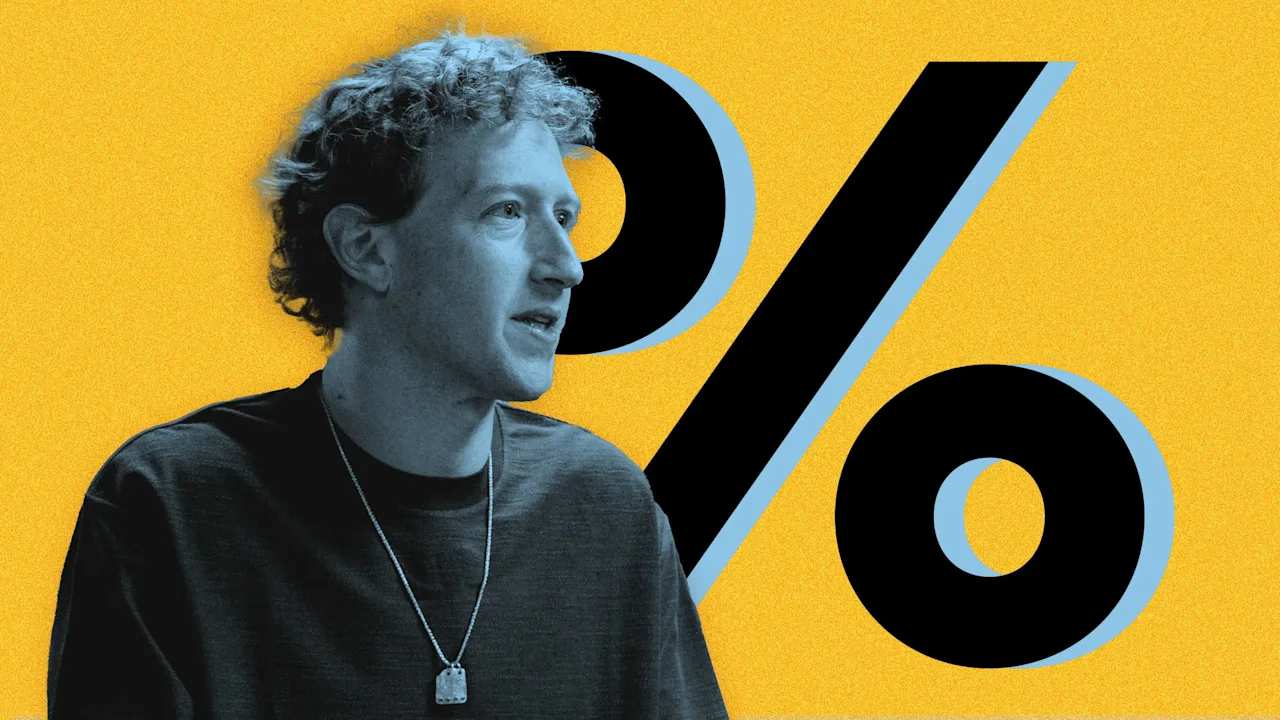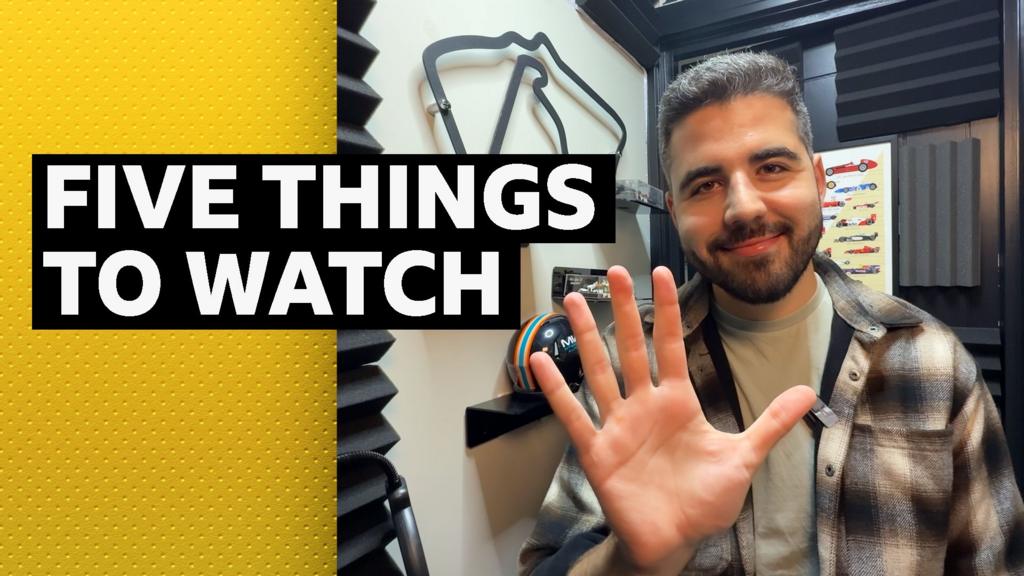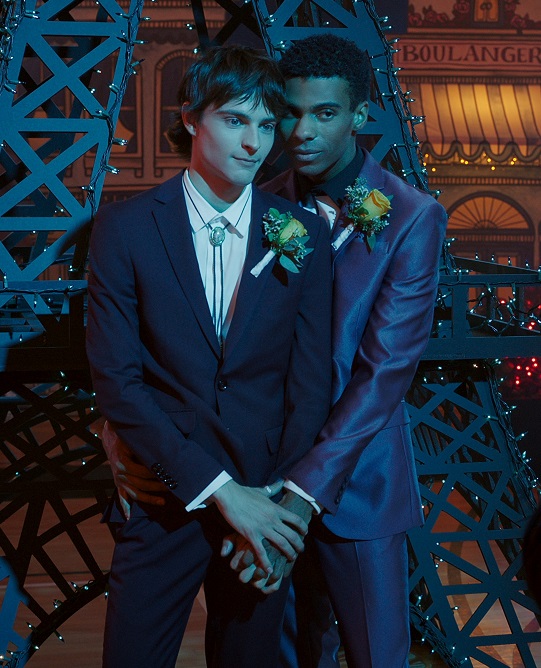There’s a formula to loyalty—super-fandoms have mastered it

Building super-fandom isn’t an art, it’s a science with a proven formula that brands can learn and replicate. The most successful fandoms, like Taylor Swift’s Swifties, follow predictable patterns centered around building strong emotional architecture around a shared idea to generate a sense of belonging. Mastering this formula is integral for brands seeking lasting loyalty as it’s the only reliable path to transforming casual consumers into passionate advocates who drive real business impact.
The fandom formula
Fandoms operate on four fundamental principles:
1. Emotional resonance comes first. Swifties don’t just like Taylor Swift’s music because it sounds good; they see their own stories reflected in her lyrics. Every album becomes a shared emotional journey, not just a collection of songs. Because they see themselves and their values reflected in this artist, they are invested in her success, ensuring each album release goes No. 1 on the charts.
2. Shared rituals and language create insider status. It’s an unspoken code among Marvel fans that you stick around for the post-credit scenes of every single movie. Fandoms develop their own vocabularies, traditions, and ways of belonging that make outsiders want in.
3. A sense of belonging transforms individual consumers into collective identities. There are whole online and in-person communities dedicated to being a member of Beyoncé’s Beyhive. They travel to concerts together, buy music and merchandise together, and every other brand avenue released by Queen Bey.
4. Active participation and co-creation turns audiences into collaborators. Fandoms thrive because fans don’t just consume. They remix, theorize, create fan art, write fanfiction, and build upon the original work, offering another opportunity for direct fan-to-artist connection.
The future is fandom-driven brands
Most brands approach loyalty like a math problem. Spend $100, get 10 points. Visit five times, get a free coffee. Instead of a transactional approach to building brand loyalty, consider deploying the following:
Build emotional anchors in the brand experience: Every brand interaction is an opportunity to create lasting emotional connections beyond the initial point of sale. Red Bull exemplifies this approach by translating the energy and thrill customers experience from their drink into a lifestyle ecosystem. Through immersive experiences like virtual reality alpine climbing and extreme sports activations, Red Bull offers energy and the feeling of limitless possibility for their community of thrill-seekers.
Foster community, not an audience: The distinction between audiences and communities determines whether customers become advocates. Audiences consume, but communities create, connect, and discover together. Celebrities have become especially adept at leveraging fandom to create dedicated brand communities. Take Hailey Bieber’s recent success with cult beauty brand Rhode. From exclusive pop-up events and viral TikTok videos, Rhode created virtual and physical spaces where beauty enthusiasts could experiment and bond over their collective obsession. In turn, Rhode built a movement around beauty that turned skincare routines into shared experiences and enough cultural cache to drive a $1 billion valuation in just three years, leading to its acquisition by e.l.f. Beauty.
Make fans a part of the experience: Fandoms cultivate active participants and collaborators. Netflix’s upcoming “Netflix Houses” represent this principle at scale, transforming viewers into main characters of their favorite Netflix series. One second they’re a contestant of Squid Game and the next they’re wandering through Stranger Things’ Hawkins to solve the latest mystery. Netflix repurposed dying mall space to create these immersive experiences, curating a new way for younger generations to experience malls and TV shows. A win for Netflix, the teens, and the malls.
The most successful companies of the next decade won’t just have customers, they’ll have believers, which they’ll build by making people feel something profound. Behind every transaction is a human being seeking connection, meaning, and belonging. In a world where fandoms power industries, the only thing standing between brands and that devotion is the courage to design experiences that honor this fundamental truth.
Andy Zimmerman is CEO of Journey.
What's Your Reaction?
 Like
0
Like
0
 Dislike
0
Dislike
0
 Love
0
Love
0
 Funny
0
Funny
0
 Angry
0
Angry
0
 Sad
0
Sad
0
 Wow
0
Wow
0































































































